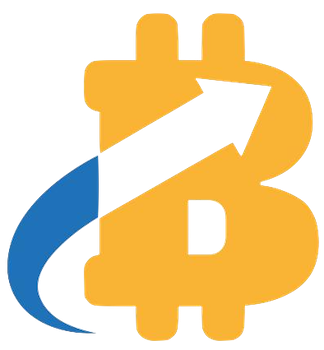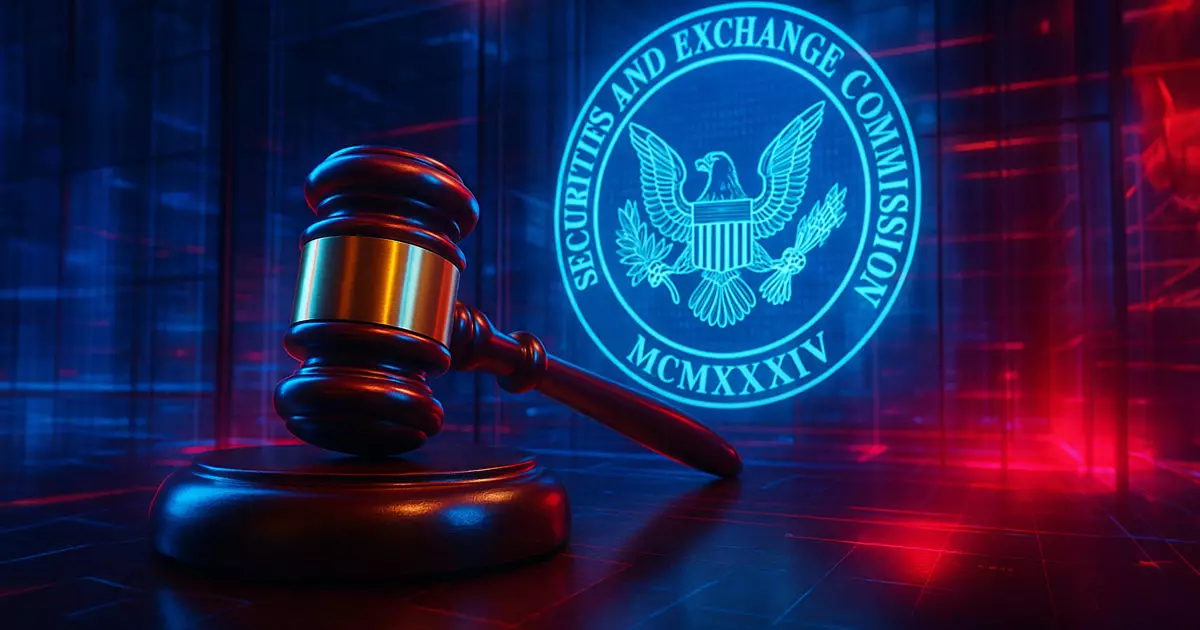The burgeoning world of decentralized finance (DeFi) finds itself at a crossroads, caught in a tussle between innovation and regulation. The DeFi Education Fund (DEF) recently made an audacious move by submitting a proposal to the Securities and Exchange Commission (SEC) that outlines five essential principles for a “token safe harbor.” This initiative is not merely a call for leniency but a calculated plan to cultivate an environment where groundbreaking financial technologies can thrive without the stifling grip of premature regulation.
In the context of complex and often ambiguous regulations, the DEF’s proposal emerges as a rational solution to empower innovators while safeguarding investors. The sheer speed at which DeFi has evolved demands a regulatory approach that adapts—not one that merely enforces outdated frameworks upon a rapidly changing industry.
The Need for a Technology-Agnostic Approach
A critical tenet of the DEF’s proposal is the advocacy for a technology-agnostic stance from the SEC. By disallowing regulatory favoritism toward specific blockchain technologies, the DEF warns against the risk of promoting a singular technological narrative. Such an inclination could not only undermine the very principles of decentralization but also curtail a diversity of innovations that stem from varied blockchain architectures.
This approach is essential for allowing creativity and novel ideas to flourish, preventing regulatory capture—whereby certain companies or technologies receive preferential treatment due to political connections or lobbying efforts. The DEF’s insistence on avoiding entrenchment of particular protocols thus acts as a catalyst for a more versatile and resilient ecosystem.
Eligibility Criteria: A Fair Opportunity for All Innovators
The criteria for eligibility under the proposed safe harbor are designed to be inclusive, permitting a broad spectrum of projects to benefit. Most strikingly, the DEF argues that the SEC should consider tokens that are already active and distributed—not just those launched after the regulatory framework takes shape. This aspect reveals an understanding of the realities faced by entrepreneurs who, prior to clear regulatory demands, may have inadvertently found themselves at odds with existing rules.
This inclusive stance could invigorate the DeFi landscape, allowing initiatives that have already demonstrated good faith efforts toward decentralization to continue their operations while aligning with regulatory expectations. It represents a rational expectation: new regulations can only emerge from an understanding of existing practices and not through a reluctance to engage with ongoing developments.
The Balancing Act of Disclosure Requirements
Another crucial element of the DEF’s proposal revolves around disclosure. They advocate for a nuanced balance between transparency and practicality. Startups frequently face challenges in sharing in-depth details during their formative stages, and the expectation of immediate compliance can be counterproductive. The suggestion of tailored disclosures—focusing on key elements like source code, governance structures, cybersecurity, and developmental roadmaps—serves both the community and the regulators’ office by fostering transparency without overwhelming nascent operations.
However, it is critical to note that periodic disclosures during the safe harbor period must remain manageable. Mechanisms like API connectivity and blockchain automation could turn compliance from a burdensome obligation into an agile process that promotes innovation while still catering to the SEC’s risk assessment.
The Crucial Exit Test: A Clear Path to Decentralization
The DEF’s proposal emphasizes an “Exit Test,” a milestone that delineates when a project transitions from a centralized entity into a fully decentralized one, thus escaping security classification under U.S. law. The parameters of this test are vital and should be clear to both developers and investors. Key benchmarks include users’ ownership of assets, permissionless participation, and fully automated transactions—all fundamental to true decentralization.
Setting realistic timelines—such as a three to four-year window for meeting these benchmarks—is crucial. It not only affords projects reasonable time to evolve but also creates a clear roadmap that can boost investor confidence. The ability to apply for an extended safe harbor period acts not only as an assurance for developers but also aligns their incentives toward a visible goal.
Safeguarding Market Participants: Protecting the New Economy
Lastly, the DEF has shown wisdom in addressing protections for secondary market participants. By ensuring that trading intermediaries are not prematurely burdened with registration as broker-dealers, the proposal could pave the way for an unhindered trading environment, free from overreach by regulators. Such measures are fundamental for nurturing a new digital asset ecosystem designed for efficiency, innovation, and growth.
These protective measures demonstrate a profound understanding of the need for flexibility in a regulatory landscape ripe for adaptation. As the DEF contemplates engagement with both the SEC and the broader crypto community, it reflects a proactive and collaborative spirit essential for navigating these uncharted waters. The tone of their proposal suggests a willingness to align regulatory objectives with the vibrant, decentralized ideals that underpin the DeFi movement, thus laying the groundwork for a future where innovation is not just permissible but encouraged.



















Leave a Reply